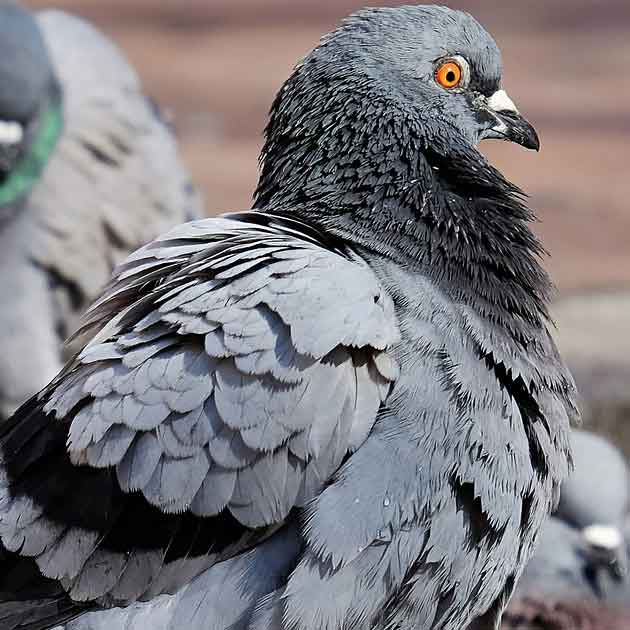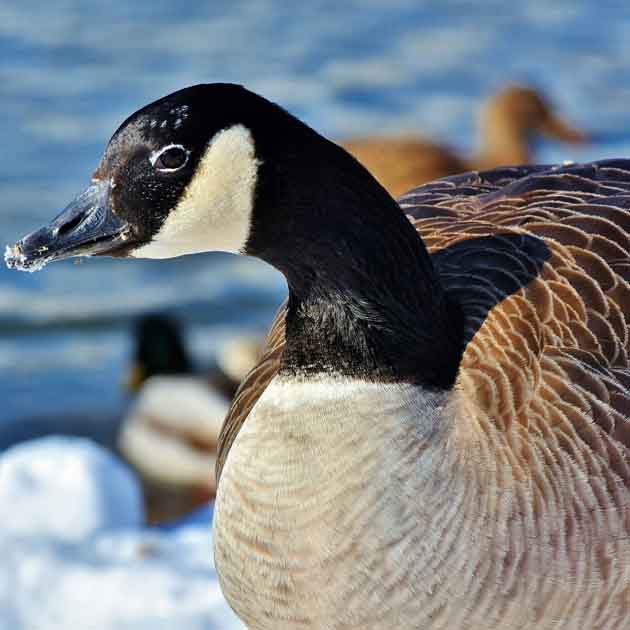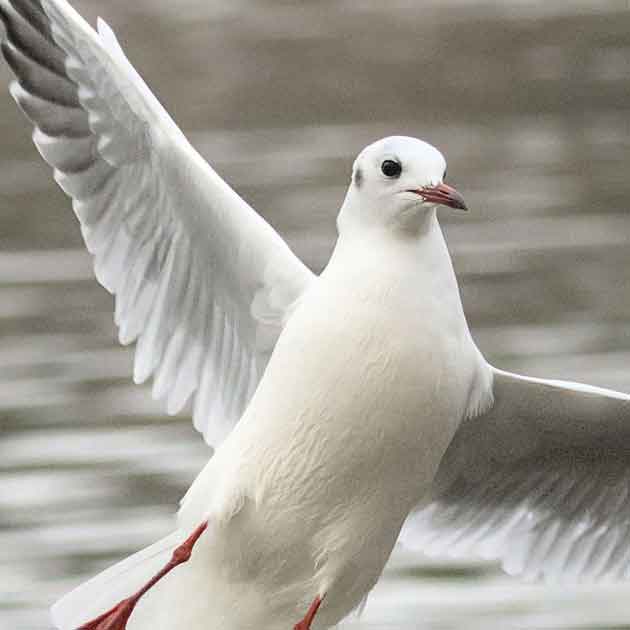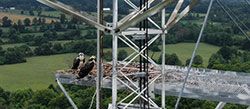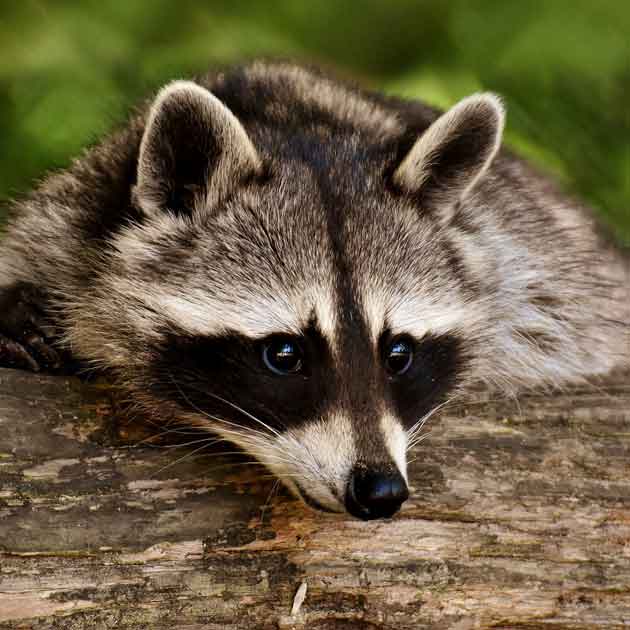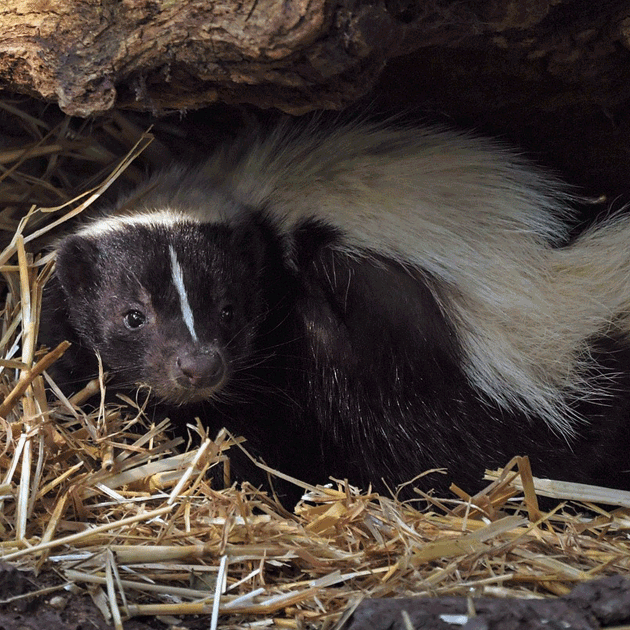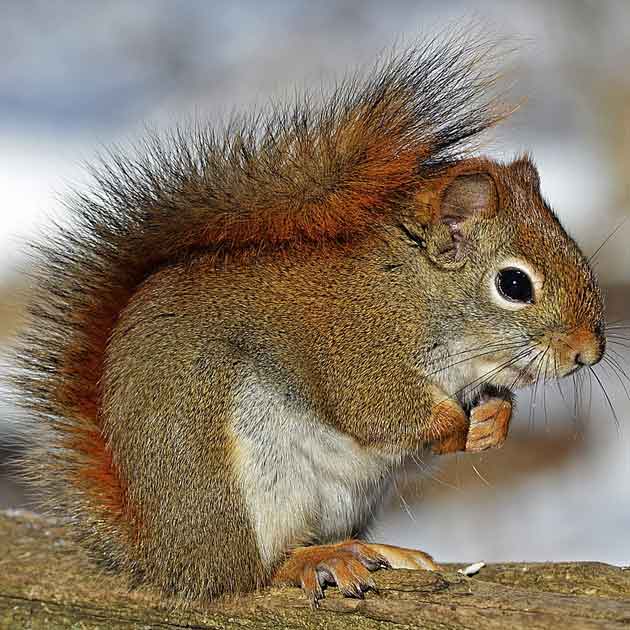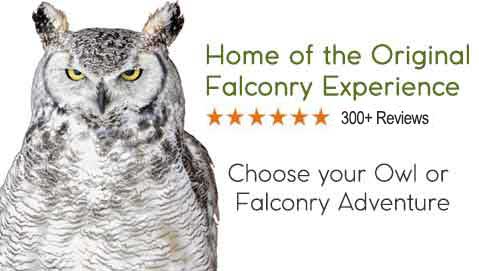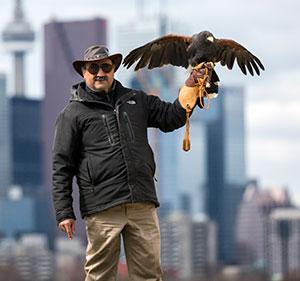The Canada Goose - a familiar bird with a distinct call that is eagerly anticipated by Canadians across all provinces, as it signals the long awaited arrival of spring. The Canada Goose (Branta canadensis) is one of the most recognizable waterfowl species native to North America. Join us as we explore just what makes the Canada goose so special:
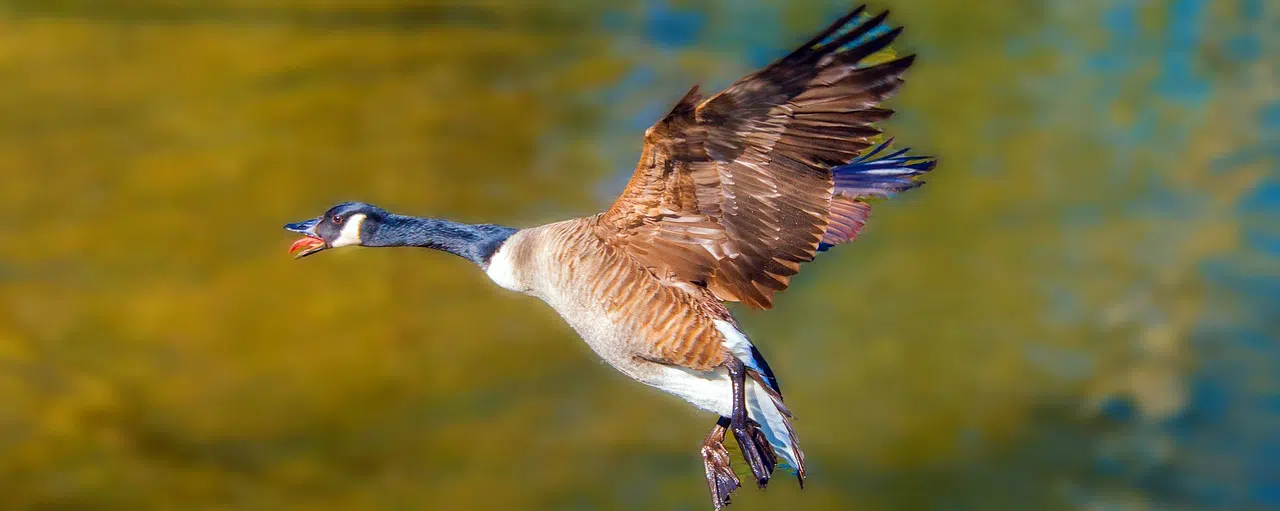
Canada Geese are Extremely Adaptable
Canada geese are found all across North America in a wide variety of habitats - from the frigid north to subtropical regions. Their habitats range from the high Arctic tundra to as far south as Mexico. Their breeding grounds include regions across Alaska, Canada, and the northern United States. They have adapted well to living and even thriving alongside humans.
Habitats
Canada geese are found to be nesting in all sorts of habitats including open tundra, marshes, prairies, and coastal regions. They also make themselves at home in urban and suburban environments such as parks, golf courses, marinas, and even backyards. Being migratory birds, Canada geese are well equipped to fly long distances between their summer breeding grounds and winter habitats farther south. True snowbirds :)
Diet
A Canada Goose's diet is as diverse as its nesting grounds; it includes aquatic plants and invertebrates, grasses, seeds, grains, and berries. This varied diet allows geese to do quite well in many wetland, grassland, and agricultural areas. Canada geese aren't shy and happily exist alongside human development, as long as there is open terrain with access to water nearby.
Canada Geese are Family Oriented
Canada Geese mate for life. Well, wherever possible. If one mate happens to perish, the one left behind will go out looking for a new partner. Their offspring will live with its parents for a year or even beyond. It will make its first migratory journey alongside its parents. Many female geese even return to the place they hatched themselves and start their own family right there. It is mostly the young males to set out to find a new flock or create one of their own.
Nesting
Once back in their northern breeding habitat, Mother Goose (or expectant Mother Goose) immediately settles into the task of establishing a nest. She is the main architect of the nest by making a shallow depression in the ground (usually near water) and collecting plant materials like grasses and mosses to line the nest. She'll put on the finishing touch by adding her own down feathers and create a super soft and comfy lining. She will then proceed to lay an average of 5 eggs. Mind you, as many as 12 eggs have been found in a single nest.
The excpectant dad stays mostly out of the construction and decoration of the nursery but springs into action once that phase is complete. While his mate is laying and sitting on eggs, he will tend to her every need, bring food and fiercely protect the nest. It is during this time that you may encounter the outrage and aggression of a goose parent to be, should you have inadvertently wandered too close to a nest.
Canada Geese are Intelligent
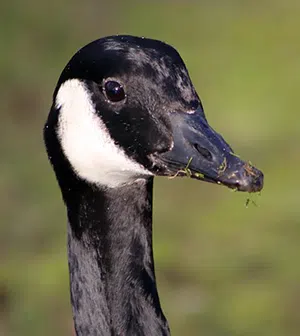 Compared to many other bird species (especially other water fowl), Canada Geese are brighter and smarter than most. Geese demonstrate impressive problem solving skills and the ability to put their memory to good use. Scientific studies have revealed:
Compared to many other bird species (especially other water fowl), Canada Geese are brighter and smarter than most. Geese demonstrate impressive problem solving skills and the ability to put their memory to good use. Scientific studies have revealed:
- Canada geese possess complex learning, problem-solving, and spatial memory capabilities,
- They recognize and remember individual human faces, especially if enounters were problematic, recalling faces for more than a year in some cases.
- Canada geese demonstrated ability for abstract thinking, object categorization, and assessing object relationships beyond simple imprinting and conditioning.
- Their excellent memory may play a significat role in their strong site fidelity (the return to the same breeding and wintering grounds each year).
- That same memory likely helps them navigate over extremely long distances during migration.
All of the above likely contributes to their success living alongside humans. Their superior capacity for complex cognition helps geese with learning and remembering migration routes, social bonds, and with recognizing and responding to danger.
Geese are Excellent Communicators
While you may just think of the iconic 'HONK' we're all familiar with, Canada geese have a much wider vocabulary when communicating within their complex social structure and with the world around them. Here are a few:
- The "hink" - a lower pitch warning call when alerting to danger.
- Individual recognition calls that help identify mates, offspring, and other flock members.
- Quieter calls that provide reassurance between mates.
- Deep clucks and murmurs can be heard between parents and their offspring.
- High-pitched calls communicate excitement when greeting others.
- A distinct 'hiss' in situations of danger and when displaying aggression.
- And, of course, the "honk" typically heard when geese are in flight. Especially during migration, it is believed that the call encourages the leaders of the flock to keep going.
Size Matters
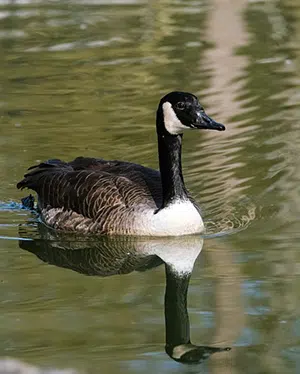 The Canada Goose is among the largest wild goose species - the Giant Canada Goose can weigh up to 14lbs. Geese can bulk up nicely to accumulate enough insulation for colder regions (hence the term 'popcorn geese) as well as store enough energy for the long migration journey. The size of Canada geese is an important adaptation to their range and lifestyle as migratory birds breeding in northern climates and makes them one of the most imposing wild fowl species in North America.
The Canada Goose is among the largest wild goose species - the Giant Canada Goose can weigh up to 14lbs. Geese can bulk up nicely to accumulate enough insulation for colder regions (hence the term 'popcorn geese) as well as store enough energy for the long migration journey. The size of Canada geese is an important adaptation to their range and lifestyle as migratory birds breeding in northern climates and makes them one of the most imposing wild fowl species in North America.
Geese Live Long and Prosperous Lives
In the wild, Canada Geese outlive most other water fowl with a live span of 10-25 years. In captivity, the oldest goose recorded lived to the ripe old age of 40. Most begin breeding at the age of 2 and prolifically reproduce for the next 10 years. Due to their adaptability, they have successfully expanded their breeding and wintering range alongside human settlement and land use changes all across North America. This explains why we see exploding populations of Canada geese in our parks and on golf courses and why interrupting the breeding cycle is important when it comes to geese management.
Managing Ever Expanding Geese Population
From general health concerns associated with all bird species to more specific issues like water contamination, aggression and attacks on humans during nesting season and the mere aesthetics of goose droppings and consequent slip and fall accidents, managers at parks and golf courses, farmers, and even home owners have their work cut out for them. Here's where Hawkeye Bird & Animal Control comes into play. For more than 30 years, the experts at Hawkeye have dealt with and studied geese biology and behavior and to this day adapt goose control and removal methods by exploring out-of-the-box solutions for different landscapes, circumstances, and budgets. Contact Hawkeye Bird & Animal Control for Geese Removal and a comprehensive geese management plan around Toronto and across Southern Ontario.


